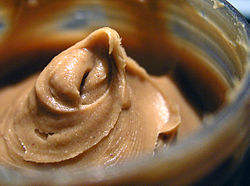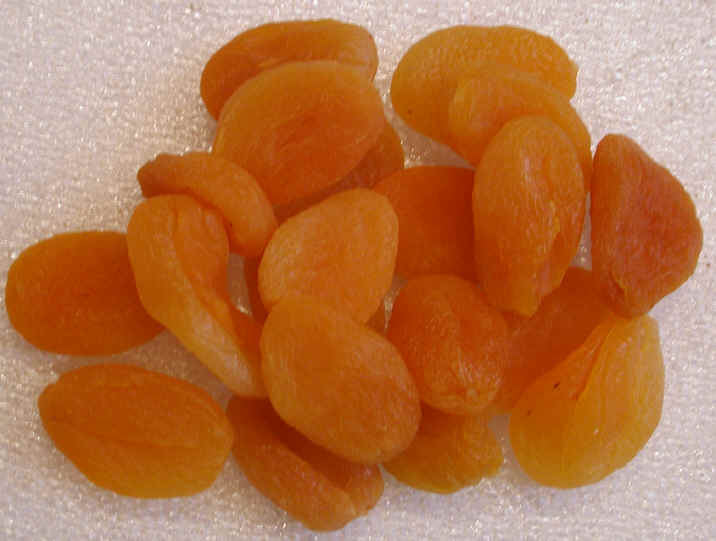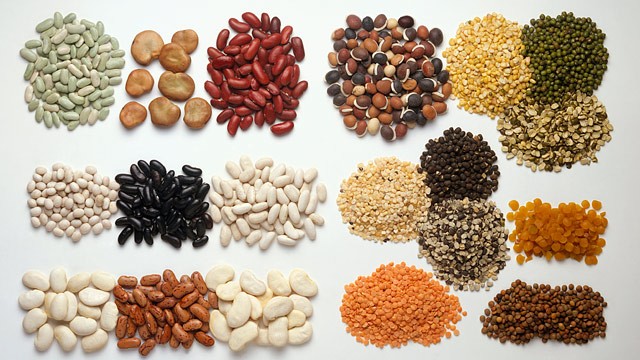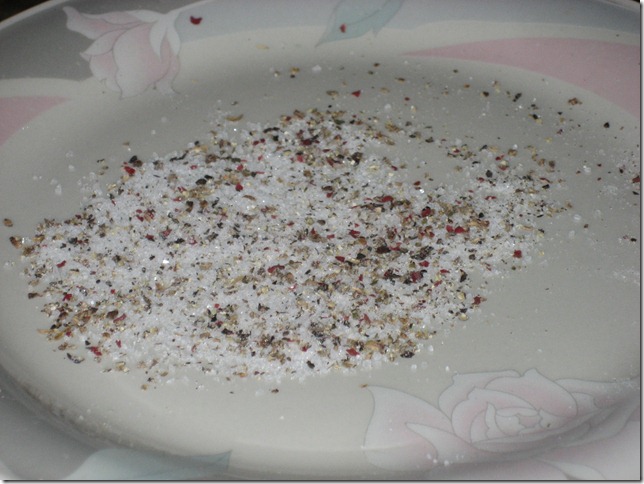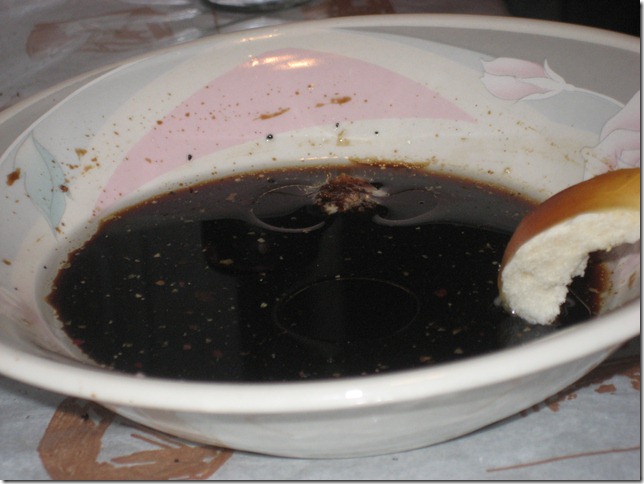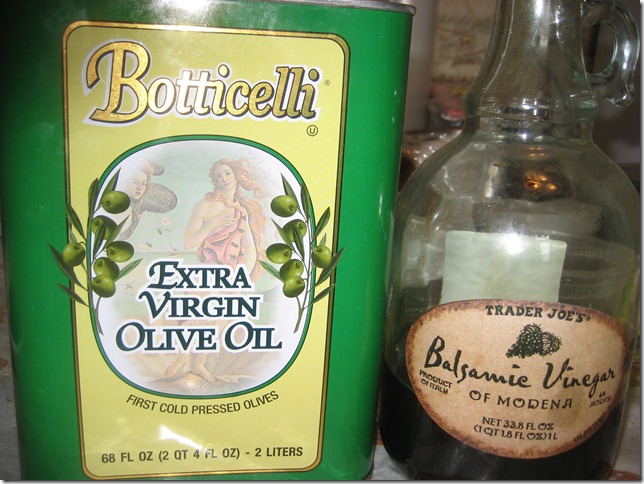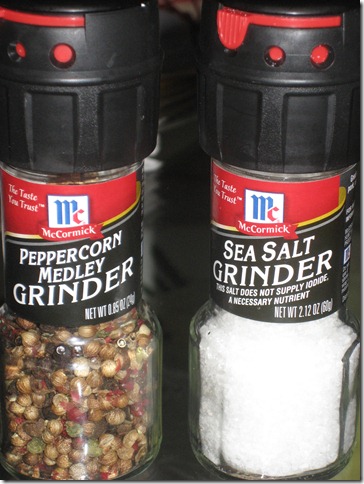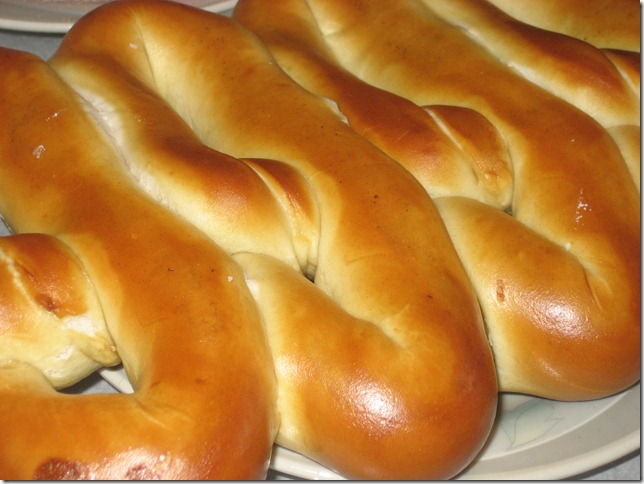Amid the modern day mantra to maintain hydration, or to "stay ahead of thirst," It is wise to acknowledge that drinking too much water has an ominous side.
It can be fatal.
Water intoxication affects non-elite athletes more commonly although it can happen to anyone who drinks more water than their body can manage. It is an increasingly recognized problem.
Ingesting an enormous quantity of water too quickly over a short time span causes water intoxication or over hydration because the water ingested exceeds the body's ability to metabolize it safely.
The resulting over hydration will cause dilutional hyponatremia; a state of low sodium levels in the body fluids outside the cells.
The effect on the body will be similar to a fresh water drowning.
When sodium levels drop in the fluids outside the cells, water seeps into the cells in an attempt to balance the concentration of salt outside the cells. The cells then swell because of the excess water. In severe cases, cerebral edema and fluid in the lungs manifests. All of which can be lethal, when left untreated.
As the water content of the blood increases, the body cannot excrete the fluids fast enough. The excess water then goes to the bowel, which pulls salt into it from the body diluting the concentration of sodium in the body tissues leading to massive cellular damage effecting muscle, brain, heart liver, and kidney function. When cell death occurs, water intoxication becomes water poisoning.
Among sodium's varied roles, it helps to maintain blood pressure, electrolyte equilibrium, and allows organs, muscles and nerves to work properly.
Healthy adult kidneys are capable of processing 15 liters of water or almost 4 U.S. gallons, per day, if one drinks the water in small quantities spread throughout the entire day.
It is not advisable, however, to drink 15 liters of water daily over a long period.
The United States Department of Agriculture, food and nutrition information center, in general recommends an average daily fluid intake, including liquids from foods and other beverages, of 2.7 liters or 91 ounces for women, and 3.7 liters or 125 ounces for men spread throughout the day.
It is important to realize that the center's recommendation varies more or less with body mass, activity level, heat, humidity, and health status.
In addition, the average healthy person should ingest no more than approximately 240 milliliters, or close to 8 ounces, in roughly an hour giving the body adequate time to absorb use and excrete the water effectively.
People with known health conditions, particularly conditions affecting water balance, should discuss hydration with a doctor specializing in their particular medical concern.
Hyponatremia, in various forms, affects a wide spectrum of people. It includes those with kidney, liver, endocrine, or heart disorders, and the elderly, as well as people with psychological disorders causing a pathological urge to drink water excessively.
It also, however, may affect otherwise healthy marathon runners who drink to excess for fear of dehydration, as well as people training hard such as boot camp soldiers, according to abstracts published by the National Institute of Health.
It was once thought that athletes should drink as much as they could before thirst set in.
That recommendation no longer applies. Excessive water drinking among inadequately trained non-elite athletes has become such a concern among sports doctors that guidelines are rapidly changing.
In marathons, non-elite athletes are more likely to suffer water intoxication than are elite athletes, due to lack of knowledge about their body's unique requirements.
Fluid and electrolyte needs are widely variable based on the athlete's genetics and environmental conditions.
Elite athletes typically know their body's hourly sweat rate and aim to slowly replace the total amount of fluids and electrolytes lost during that time. Generally, weight lost during exercise per hour + fluid consumed during exercise per hour = hourly sweat rate, according to The International Marathon Medical Directors Association.
Complicating matters is that indicators of water intoxication and dehydration are similar. The treatments, however, are vastly different. Furthermore, hyponatremia can kill more quickly than dehydration.
Thus, at marathons, doctors now do an on-the-spot test for blood sodium levels on collapsed runners to differentiate between hyponatremia and dehydration. Giving fluids to someone with hyponatremia could be fatal, but with dehydration it is life saving.
Moreover, in recent years, over hydration has become one of the most common reported causes of serious heat illness in the Grand Canyon.
Some people hiking the canyon drink large amounts of water and do not eat enough food to provide for electrolyte (salt, potassium) replacement and energy, wrote Patrick J. Bird, PhD, a Professor of Exercise and Sport Sciences at the University of Florida, in his 2000 newsletter.
Fears of dehydration has led to a mistaken belief that the safe thing to do is to drink as much and as often as possible, according to Bird.
Fluid requirements are complex and highly individualized. There is wide variability in sweat rates and renal water excretory capacity, depending on environmental conditions, as well as variable influence on the body's arginine vasopressin levels during exercise, as revealed in studies of hikers who developed hyponatremia in the Grand Canyon.
In addition, the peptide Vassopressin, released from the pituitary, also known as anti-diuretic hormone, fluctuates with the body's fluid and electrolyte balance, thereby influencing water excretion or retention.
Thus, blanket universal drinking guidelines are not possible, according to a consensus of 12 experts at The First International Exercise-Associated Hyponatremia Consensus Development Conference, Cape Town, South Africa, 2005
In Marathon runners, studies have shown that the consumption of a carbohydrate/electrolyte-containing sports drink does not protect against the development of hyponatremia from fluid excess, according to the Clinical Journal of the American society of nephrology.
Commercial sports drinks do not contain enough sodium, according to The International Marathon Medical Directors Association.
During the 2002 Boston Marathon, a 28-year-old woman reached Heartbreak Hill, after five hours of running and drinking sports drinks. She struggled to the top. Feeling awful and assuming dehydration, she chugged 16 ounces of liquid.
She collapsed within minutes.
She was brain dead. Her blood sodium level was determined to be dangerously low, according to Dr. Arthur Siegel, of the Boston Marathon's medical team and the chief of internal medicine at Harvard's McLean Hospital.
In February 2005, a Chico State University student, Matthew Carrington, died after being forced to repeatedly drink from a 5-gallon jug and then do calisthenics, during a fraternity hazing.
Carrington was taken to Enloe Medical Center, where his heart stopped. He was pronounced dead from swelling of his brain and lungs caused by water intoxication.
In January 2007, Jennifer Strange, a 28-year-old suburban Sacramento woman died of apparent "water intoxication" after participating in a contest - "Hold Your Wee for a Wii" - sponsored by local radio station 107.9 KDND. Contestants were asked to drink 8-ounce bottles of water every 15 minutes, without urinating.
Witnesses estimated that Strange swallowed about 2 gallons or about 7 liters of water in approximately three hours.
An autopsy, performed days later by Sacramento County assistant coroner Ed Smith, revealed no traces of "life-threatening medical conditions" that would have otherwise explained Strange's sudden death.
During January 2000, a 20-year-old trainee in the Army drank around 12 quarts, or 3 gallons, of water during a 2- to 4-hour period while trying to produce a urine specimen for a drug test.
She experienced fecal incontinence, lost consciousness, became confused, and died from swelling in the brain and lungs as a result of low blood sodium, wrote Colonel John W. Gardner, medical examiner of the Office of the Armed Forces, in Military Medicine, 2002;167:432-434.
Quick expert medical attention can often save a victim's life by reinstating electrolyte balance, if too much tissue destruction has not occurred.
When blood sodium testing confirms hyponatremia, oral electrolyte-containing fluid replacement does not work well.
Fluid and electrolyte replacement is complex. The right type of fluid-replacement fluid is critical. Treatment of dilutional hyponatremia traditionally includes the administration of a small volume of concentrated salt solution intravenously, as well as oxygen, and other supportive measures.
A newer investigational oral drug, Tolvaptan, a vassopressin V2-receptor antagonist, is proving to treat water overload, in acute and chronic hyponatremia faster, and more effectively, than other treatments.
It works, without significant side effects, according to the results of two large studies presented at the American Heart Association's November 2006 sessions, by Mihai Gheorghiade, M.D., a cardiologist and professor of medicine at USA's Northwestern University.
The easy-to-administer oral drug, developed by Otsuka Pharmaceutical, begins to normalize serum sodium within hours. The normalization is sustained during long-term therapy.
Details of the two studies are in the November 16, 2006 issue of the New England Journal of Medicine.
http://voices.yahoo.com/water-intoxication-much-water-too-much-201296.html







